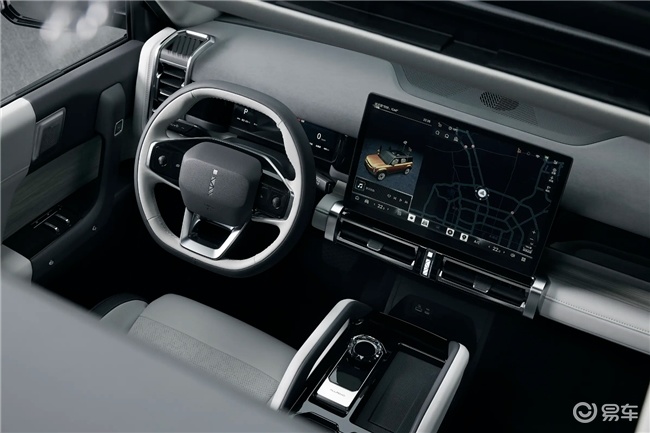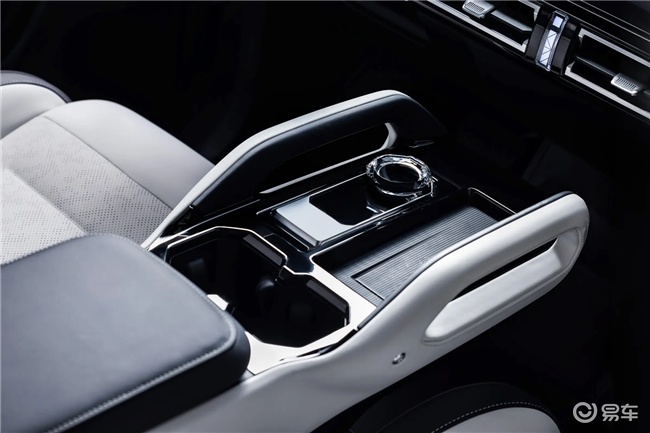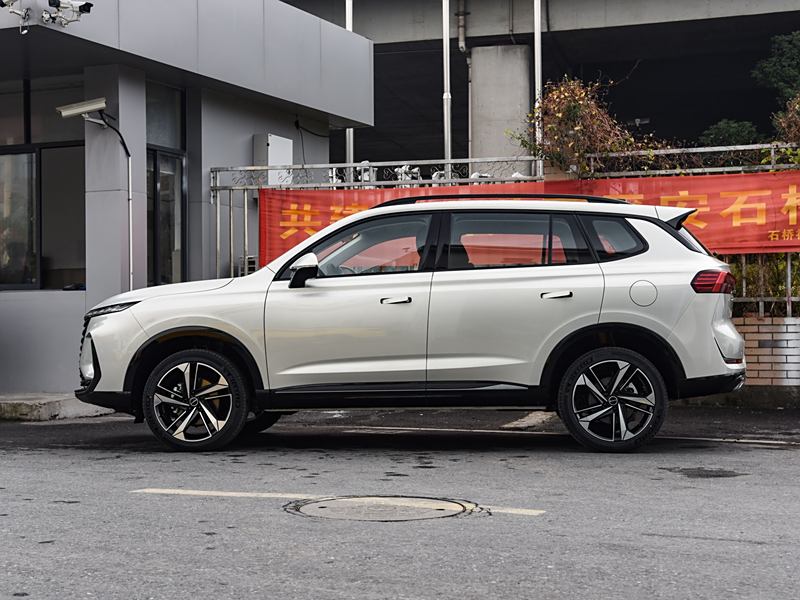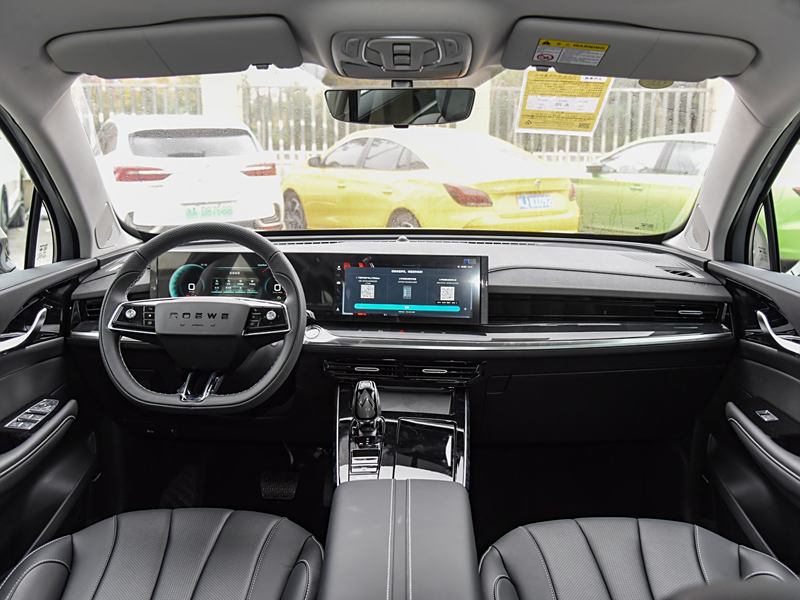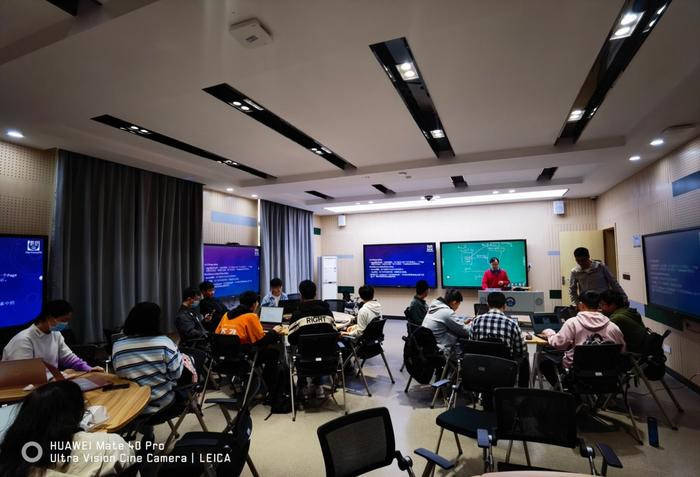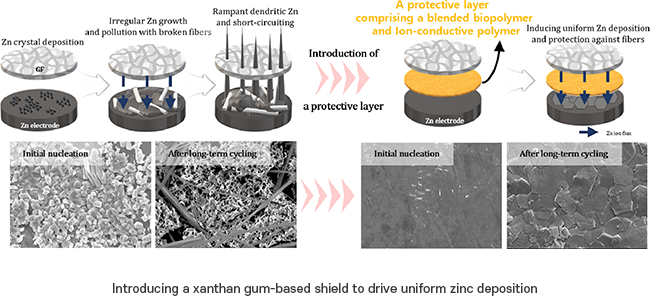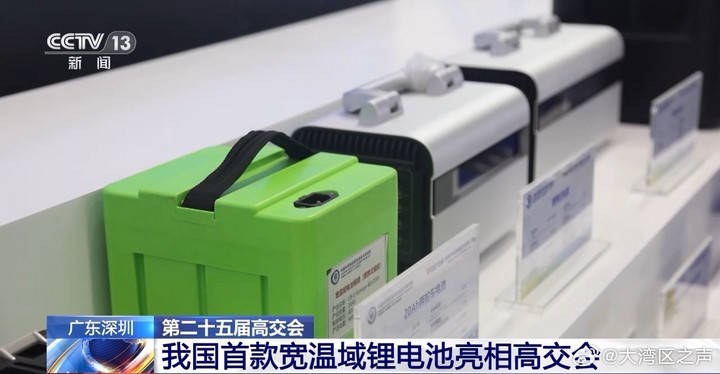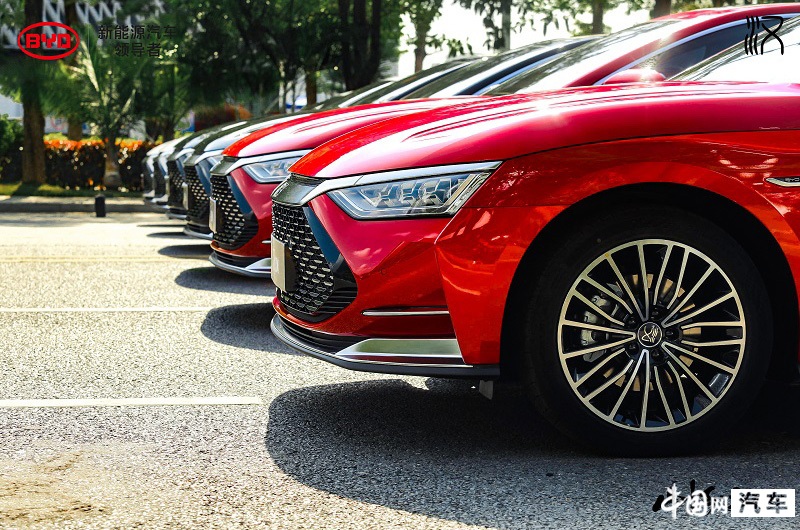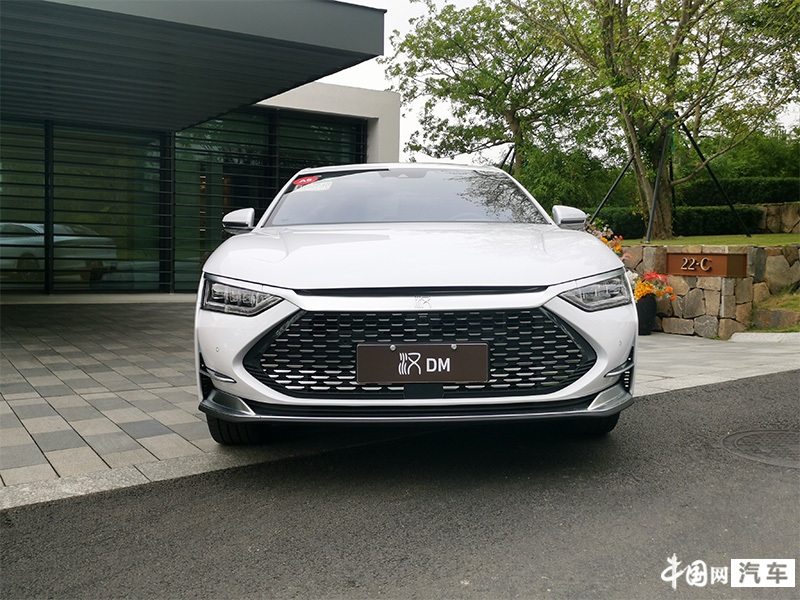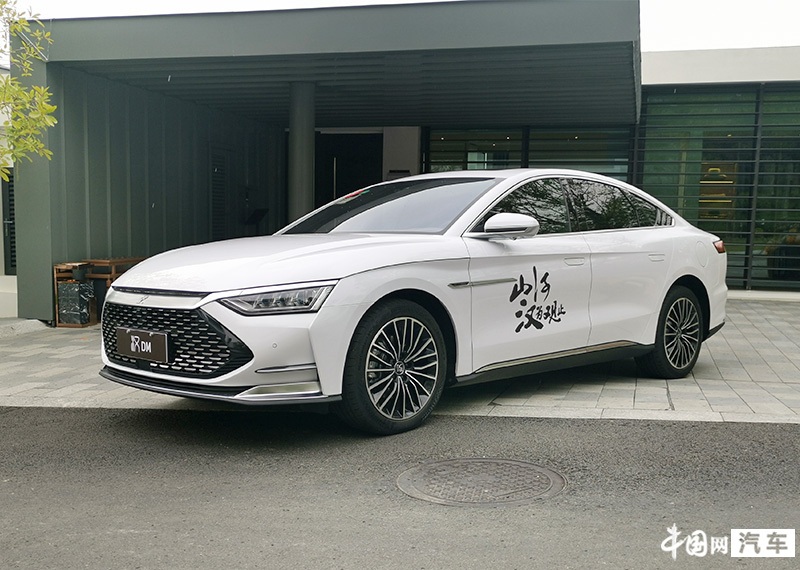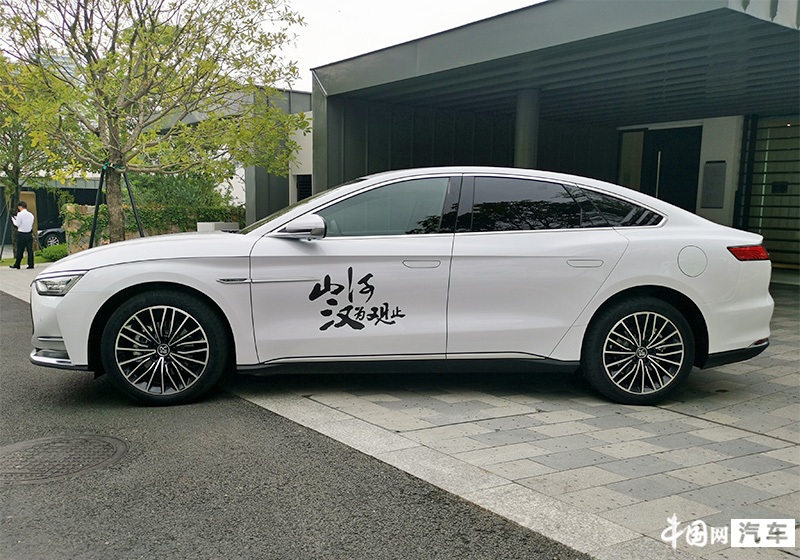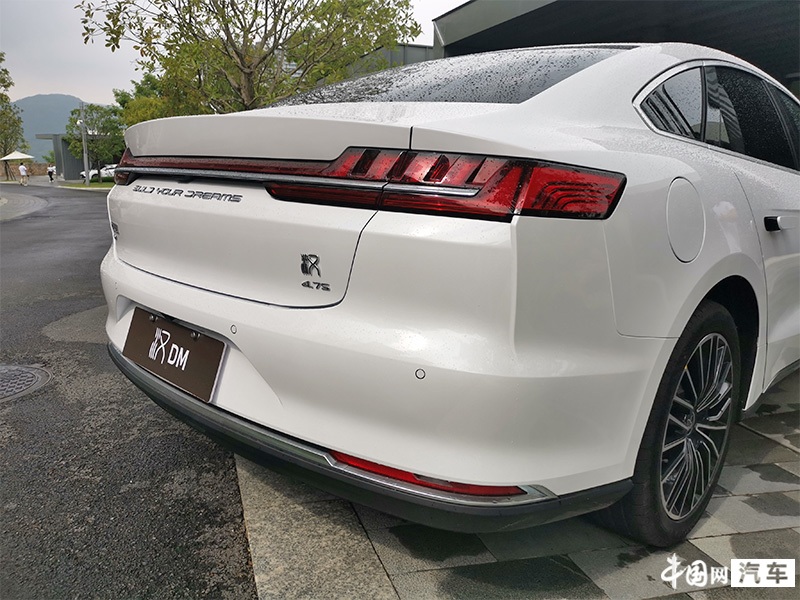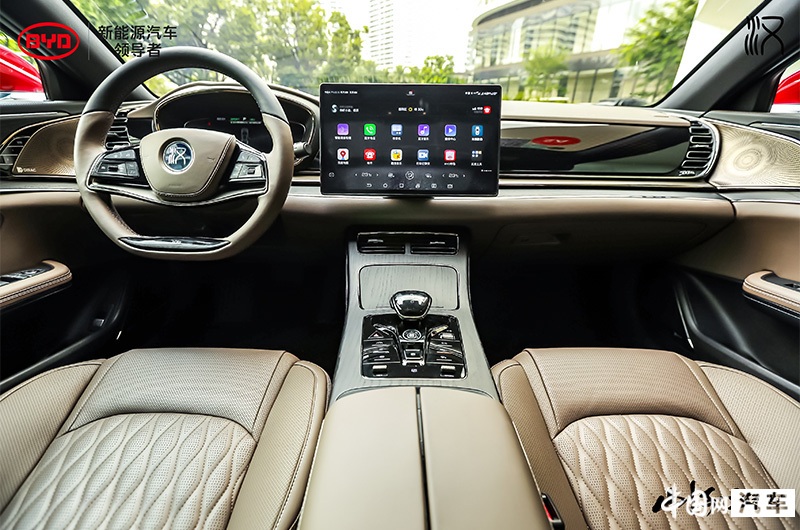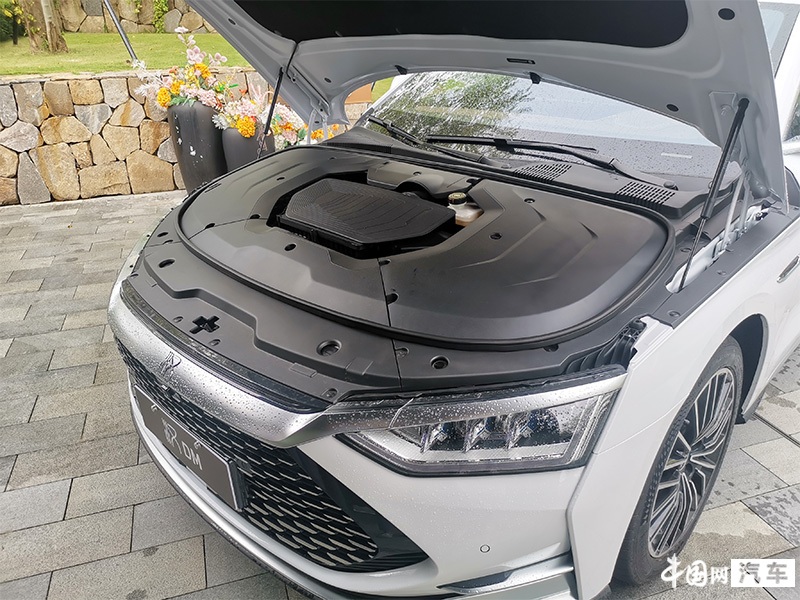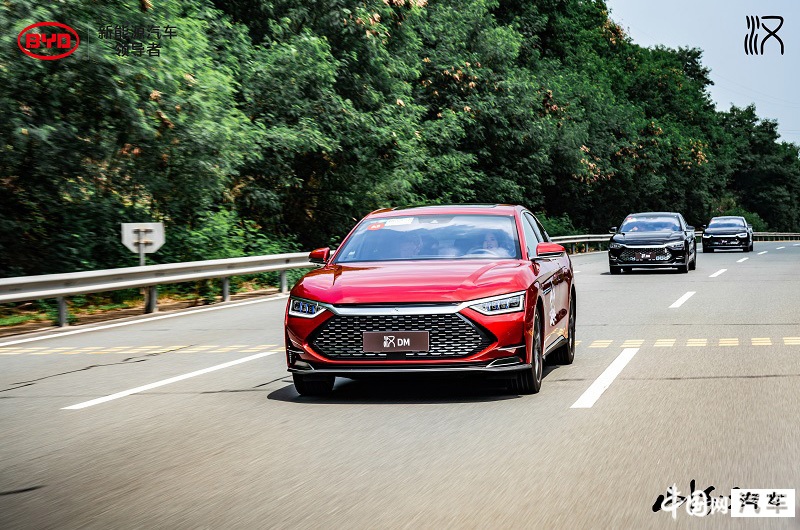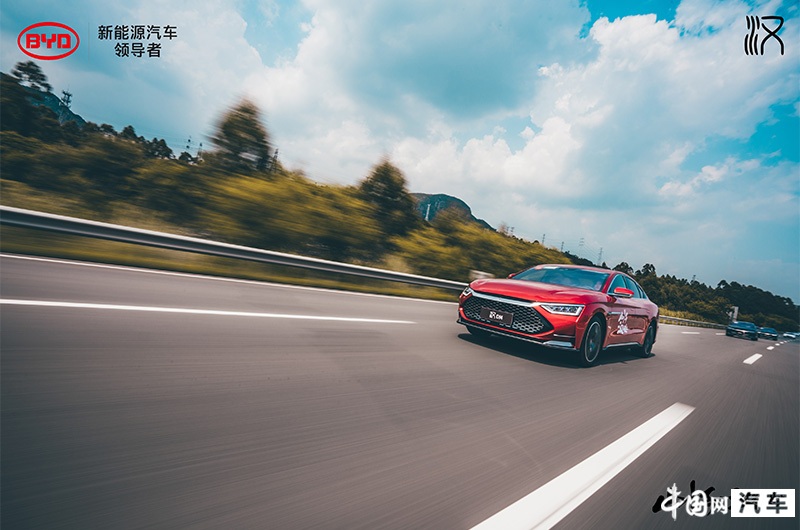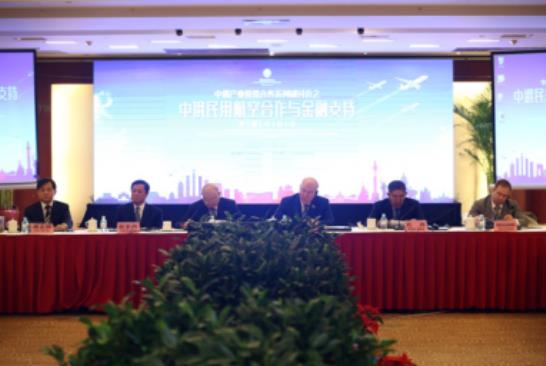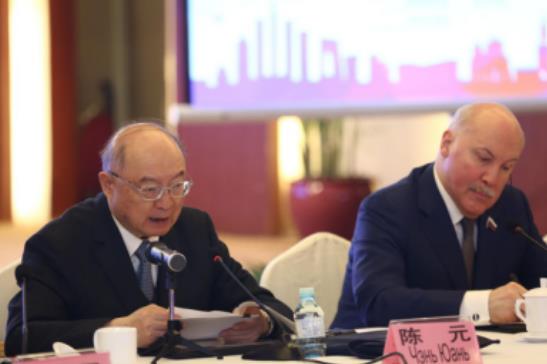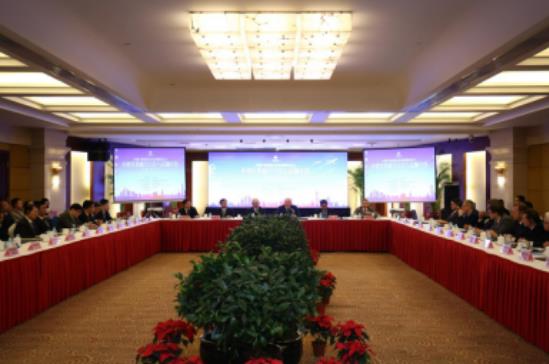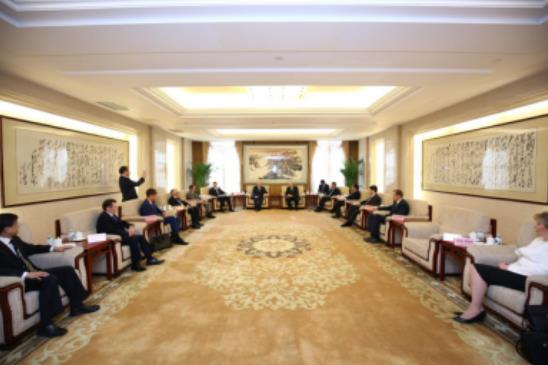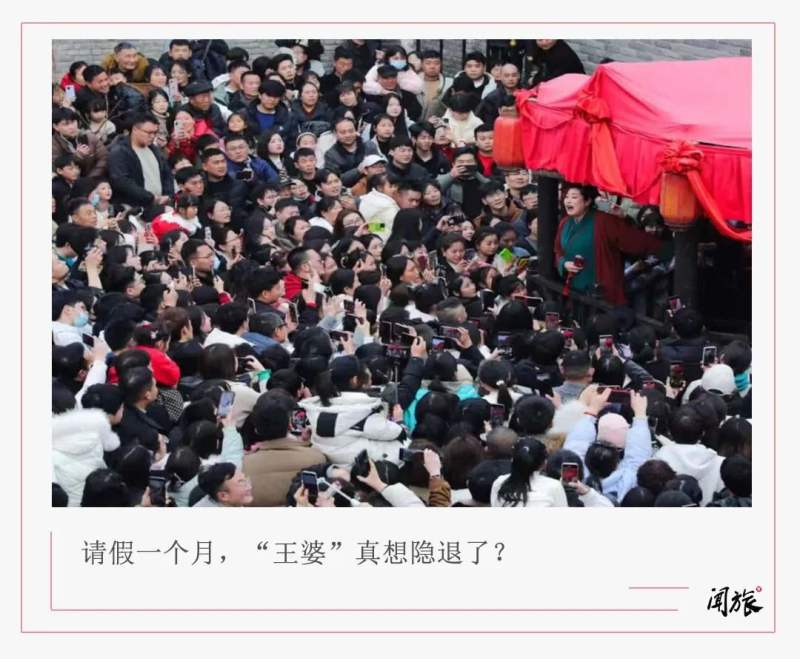
Author | Guo Hongyun
Editor | Li Yi
The limelight has overwhelmed Tianshui Mala Tang in Gansu, and with Kaifeng, Henan "soaring" to become another city with a big traffic explosion, the stage plot has begun to move towards magic.Wang Po, who invited online celebrity to step down and sucked powder, finally lost to online celebrity.
The incident that made the "Wang Po Matchmaking" program start to become uncontrollable was that a married man, Liu, "ran for love" stepped on the stage for a blind date, and expressed his willingness to "quit his job in Zhengzhou and go to Sichuan" for the blind date female guest. After successfully adding it to the woman’s WeChat, it became a good conversation, and his wife who was far away from Japan saw it and went back to China in anger to prepare for a divorce.
This dramatic scene became a turning point in the stage of "Wang Po Matchmaking". No netizens paid attention to the humor of handsome guys and beautiful women and foster mother "Wang Po" on the blind date stage, but instead began to criticize and falsify "love rat", denouncing online celebrity’s unscrupulous behavior.
Just today (April 3), the topic of "police responding to Wang Po’s media saying that married male wife is suspected of suicide" once again rushed to the hot search of major social media platforms, and his wife Xiao Xue sent a video crying late at night: "Maybe I am too fragile, I really can’t hold back." Some netizens speculated that they might do something stupid and call the police. The staff of Yinchuan Public Security Bureau responded that the police had contacted Xiao Xue’s father and learned that Xiao Xue was fine after asking.
Among the voices urging Xiao Xue not to do anything wrong, some netizens questioned that she was speculating, and there was a script that wanted to be online celebrity from the moment when a married man went on a blind date.
And "Wang Po" himself had to stand up and respond publicly because of the storm of public opinion, once again emphasizing the initial intention of the stage, calling on "those who bring their own scripts not to join in the fun, and leave the opportunity to those who really want to make friends".
And her troubles are not limited to this. According to Tianyancha APP, "Kaifeng Wang Po" has been registered as a blind date marriage service company, and its business scope includes marriage introduction service and wedding etiquette service. In the eyes of the uninformed public, the actor himself is not satisfied with matchmaking only on the scenic stage, but wants to transform into a company and become a "matchmaker" completely.

This misunderstanding forced "Wang Po" to stand up and refute the rumor again. On April 2, she posted a video on her Tik Tok account @ Kaifeng Wang Po, saying that she didn’t and didn’t authorize anyone to start a matchmaking company. She also said that she had some physical and mental problems recently, especially her voice, so she needed to rest for a while and wanted to go out and have a look.
Prior to this, Long Live Mountain Martial Arts City has officially announced that Tomb-Sweeping Day can welcome tourists in a fuller state. Teacher Zhao, the actor of "Wang Po", will rest on April 2 and April 3, and the performance of "Wang Po Matchmaking" will be temporarily performed by another actor "Li Po". After "Wang Po" indicated that it would take a break for a while, the scenic spot announced again that Zhao Mei, one of the actors of "Wang Po", would take a month off from April 3, 2024 due to health reasons. During this period, other actors, such as Li Li, would perform "Wang Po Matchmaking" for tourists and add a related talent show.

This also means that "Wang Po" will be absent from the Qingming holiday activities in the Wuxia City of Longevity Mountain. According to the data from the US Mission, as of March 28th, the number of advance tickets in Kaifeng Scenic Area has increased by more than three times week-on-week, and many tourists have taken "blind date" in Kaifeng, Henan Province as their holiday play plan. This sudden change may disappoint tourists who want to go to Kaifeng to meet "Wang Po".
As for the program "Wang Po Matchmaking", even if "Wang Po" played by teacher Zhao Mei can return smoothly one month later, the popularity is still there, but it is still difficult to completely put an end to the online celebrity who have been rubbing traffic, and rumors about herself may still reappear.Fired by the flow, but trapped in the flow,For the 61-year-old actor teacher, without a strong heart and plenty of energy, it is hard to escape the next time after this time.
It has been reported that,"Wang Po" has considered resigning and retiring, and wants to live an ordinary life.
As a scenic spot, I definitely don’t want to lose such a "drainage" baby. In order to solve the problem of online celebrity’s traffic and the hype of non-singles, Longevity Mountain Martial Arts City has also re-adjusted the program rules and made new changes, such as implementing the offline advance reservation system, and dividing the scene into single male guest area, single female guest area and tourist viewing area. Male and female guests invited to interact on stage need to ensure that they are single and take photos in the dating declaration area.
Most importantly, for the sake of the order of the scene, online celebrity, who is not sincere in making friends, is required not to stay in the venue of "Wang Po Matchmaking", and the anchor with live broadcast equipment (such as microphones, speakers, stereos, banners, etc.) should be allowed to bypass the venue.
justIt is easy to make a request, but difficult to implement it.. The blind date stage, which has been regarded as "stale" by netizens, and the "Wang Po", which is exhausted both physically and mentally, make it uncertain whether this program can persist and whether it can continue to be popular.
In order to better undertake the first wave of predictable peak passenger flow, the scenic spot has made a lot of preparations in advance besides betting on "Wang Po". According to the relevant person in charge, the parade of Qingming Cultural Festival will be the most brilliant chapter of Long Live Mountain. In addition, there will be more than 10 Song Chao art interest spots in the park, including not only interactive experiences such as script killing of ten thousand people, blessing of the old moon, flying flowers and throwing pots, but also an interactive area for praying and an atmosphere festival with water lanterns.

However, it is undeniable that no matter how wonderful other programs are, the biggest expectation of tourists to visit the scenic spot must be to see "Wang Po" and meet the legendary foster mother. Without "Wang Po", it will undoubtedly be a pity.
To a certain extent, the scenic spot and even Kaifeng Wenlv don’t want "Wang Po" to really resign and retire, but Wenlv also mentioned it before.The traffic of NPCs in scenic spots is more intense, so it is risky and challenging to make the best use of it to drain themselves.
As far as the present situation is concerned, Longevity Mountain Martial Arts City has worked hard enough. Whether listening to netizens’ advice or understanding and protecting the actors themselves, it is doing its best. However, by the time of "Kaifeng Wang Po" IP fever, there has been a turning point in the downward trend, and there are not many official voices and actions. How to undertake the "splashing wealth" brought about by the hot topic of single-point out of the circle, Kaifeng Cultural Travel seems to be less rapid and active than Gansu Tianshui Cultural Travel.
The latest available news is that on March 29th, Kaifeng held a special conference on the work of cultural tourism in the whole city, sayingIt is necessary to take advantage of the situation, promote the formation of more outstanding boutique cultural tourism projects to attract more tourists to visit, and do everything possible to continue the good situation and make Kaifeng cultural tourism change from "bursting red" to "long red".
Before that, some netizens who had been to Kaifeng and recognized the experience of local culture and tourism projects were "anxious" online. Look at Luoyang, a neighbor who has made the marketing of Hanfu popular. Why don’t you use "Wang Po" to market in Kaifeng?
So is Kaifeng Wenlv slow to respond, or is there really no shortage of "Wang Po" traffic?
According to the ranking of tourists received by cities in Henan in the Spring Festival of 2024, according to the statistical data of "Hot Ranking of Eighteen Cities in Henan during the Spring Festival of 2024" published by Wenlv Sports Studio of Zhengzhou Newspaper Group with the technical support of Micro-hotspot Research Institute, Kaifeng entered the top three list after ranking Zhengzhou and Luoyang.
Specifically, during the Spring Festival holiday, the city’s cultural tourism in Kaifeng received a total of 9.335 million tourists, a year-on-year increase of 30.7%; The comprehensive income of cultural tourism was 6.47 billion yuan, an increase of 85.9% year-on-year; In the same period, Luoyang received a total of 11.1353 million tourists, with a total tourism revenue of 8.293 billion yuan, up by 87.51% and 156.88% respectively compared with 2023.
A glimpse of the whole leopard, for Kaifeng, which focuses on Song Wenhua and attaches importance to the development of cultural tourism,Traffic is very important, and a chance to get out of the circle is even more rare.Failure to promote the city’s tourism with the help of the popularity of "Kaifeng Wang Po" is a missed opportunity to market tourism resources and enhance the brand awareness of the city’s cultural tourism.
Let’s take Luoyang as an example. According to the data of Meituan, the search volume of "Hanfu" in Luoyang has been in the top three in China since March, and the search volume of "Flower Appreciation" has increased by 110% week-on-week. The upcoming Qingming holiday coincides with the Peony Festival, which makes Luoyang one of the top ten popular destinations in China. "Hanfu Flower Appreciation" has become the most distinctive feature label of Luoyang in tourism.
It is said that red depends on life, and the heat of breaking the wall once can’t be met. Although everyone is saying that the official marketing of Tianshui, Gansu Province is "too fierce", it is a bit too much for some netizens to grow "anti-bone" and not buy it.But after all, from the results, Tianshui, Gansu Province has achieved a circle in brand recognition of tourist cities. In the long run, the tourist season will only come in the summer in the northwest cities, and the "wealth" that Tianshui, Gansu Province will harvest ahead of schedule will inevitably double.
At a time when major cities are eager to get out of the circle with the help of hot spots, the question of new media communication and topic marketing needs the destination governments to work harder, study hard and dare to try, in order to give high scores.
The picture comes from the official WeChat WeChat official account, screenshot of the platform and Tianyancha of the Long Live Mountain Martial Arts City.


Recently, WeChat official account was revised.
Remember to add a star.
Receive fresh articles in time every day.
Pay attention to me and don’t get lost.
Please contact authorization for reprinting the original content of Wenlv.
[Reprint+Join the Group] WeChat: wenlv-pai
[Advertising/sponsorship activities] WeChat: jhyyx666
[Breaking news or seeking reports] WeChat: 13811224658
▼

